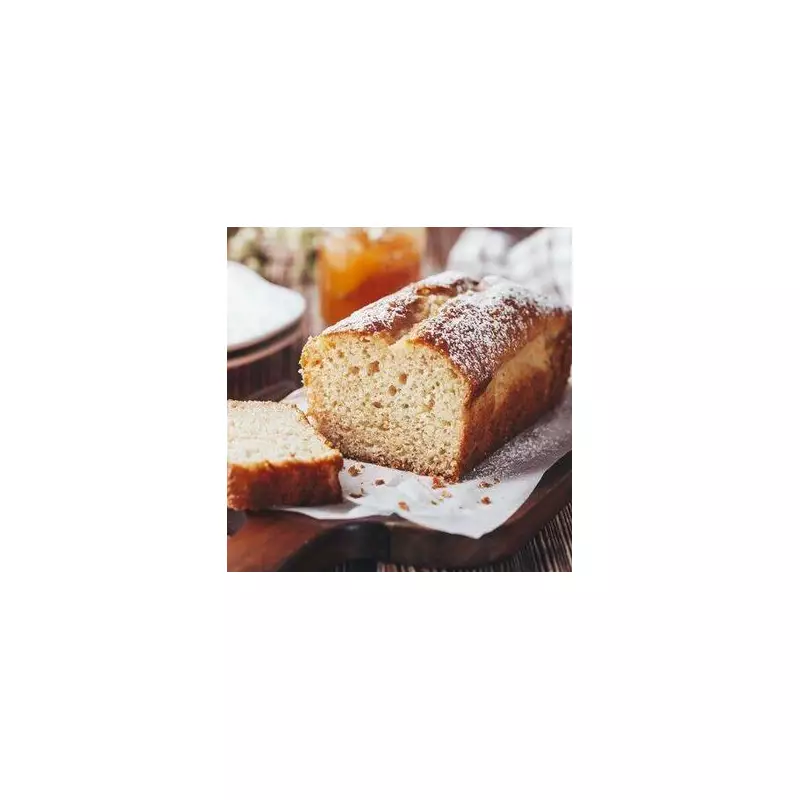
Every home baker dreams of creating that perfect Victoria sponge - light, fluffy, and with that characteristic even rise that makes it the star of any afternoon tea. While it might seem like a simple bake, achieving consistent perfection requires knowing a few professional secrets.
The Foundation: Getting Your Ingredients Right
Before you even think about turning on your oven, the quality and preparation of your ingredients will make or break your sponge. Professional bakers swear by these fundamental rules:
- Butter must be at room temperature - properly softened butter creams better with sugar, creating essential air pockets
- Weigh everything precisely - baking is a science, and accuracy matters more than you might think
- Use large, fresh eggs - they provide structure and help with the rise
- Sift your flour - this incorporates air and prevents lumps in your batter
The Creaming Method: Where Magic Happens
Many home bakers rush the creaming process, but this is where your cake's texture is born. Beat your softened butter and caster sugar together for a full 5-7 minutes until the mixture turns pale and noticeably fluffy. This isn't just mixing - you're creating thousands of tiny air bubbles that will expand in the oven, giving you that light, even crumb.
Egg-cellent Incorporation Technique
Adding eggs too quickly is a common mistake that can cause your batter to curdle. Add eggs one at a time, beating well after each addition. If your mixture does start to look grainy, don't panic - simply add a tablespoon of your weighed flour and continue mixing until smooth again.
The Perfect Bake: Oven Secrets Revealed
Position matters more than you might think. Always bake your Victoria sponge in the centre of a preheated oven at 180°C (160°C fan). Don't be tempted to open the oven door during the first 15 minutes - the sudden temperature drop can cause your carefully created air bubbles to collapse.
The classic test involves gently pressing the centre - it should spring back when ready. For absolute certainty, insert a skewer into the centre; it should come out clean with no wet batter clinging to it.
Assembly and Finishing Touches
Let your cakes cool completely in their tins for 10 minutes before transferring to a wire rack. Rushing this process can cause cracking. When assembling, many professional bakers put the jam on both halves to prevent the sponge from soaking up moisture from the cream.
The final dusting of icing sugar should be applied just before serving to maintain that beautiful, snow-dusted appearance that makes the Victoria sponge so visually appealing.
Mastering these techniques will transform your baking from hit-and-miss to consistently spectacular. The perfect Victoria sponge isn't about complicated ingredients - it's about understanding the science behind the simplicity.





